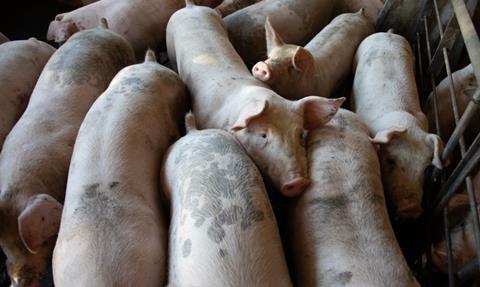September recorded a welcome rise in pig prices, along with an increase in carcase weights, according to the National Pig Association (NPA).

At the end of September, pig prices increased by 0.36p, following the previous week’s 0.21p downturn. The previous week’s reverse was the first recorded since February, although NPA said it came from a “relatively small sample and unusual trading week”, due to the bank holiday held for the Queen’s funeral.
At the end of September, the all pig price (APP) was down by nearly a penny, and the gap between it and the standard pig price (SPP) was just 2.67p.
NPA said that pig producers will be “hoping” the upward trend in SPP “is a sign of things to come”, following the evaluated average costs at 221p per kg for August, estimated by the Agriculture and Horticulture Development Board (AHDB).
The Association added that estimated costs are still above average prices, and many businesses are continuing to lose money on a weekly basis. The industry is estimated to have collectively lost more than £600m since late-2020.
NPA added: “With recent market reports suggesting flat demand for British pork products, as trade data shows, a substantial increase in pork imports during the first seven months of this year means the gap between EU and domestic prices remains key in terms of the UK pig market outlook.”
September recorded that the EU reference price followed a “steady increase” since mid-August on the back of tighter EU supplies.
NPA stated: “This narrowed the price gap [between the EU and UK] to just over 14p, compared to more than 30p not many weeks ago. While that is good news, a hefty fall in the German price last week is not.”
Rise of carcase weights
Speaking about GB pig carcase weights, NPA added: “Concerningly, amid reports of pigs being rolled again, carcase weights rose for the sixth consecutive week, and now stand at 90.4kg, 3kg heavier than in mid-August.” Estimated GB slaughtering’s at the end of September significantly rose from the previous “shortened” week, and slaughtering has increased around 3,500 head on a year ago.
This story was originally published on a previous version of the Meat Management website and so there may be some missing images and formatting issues.












